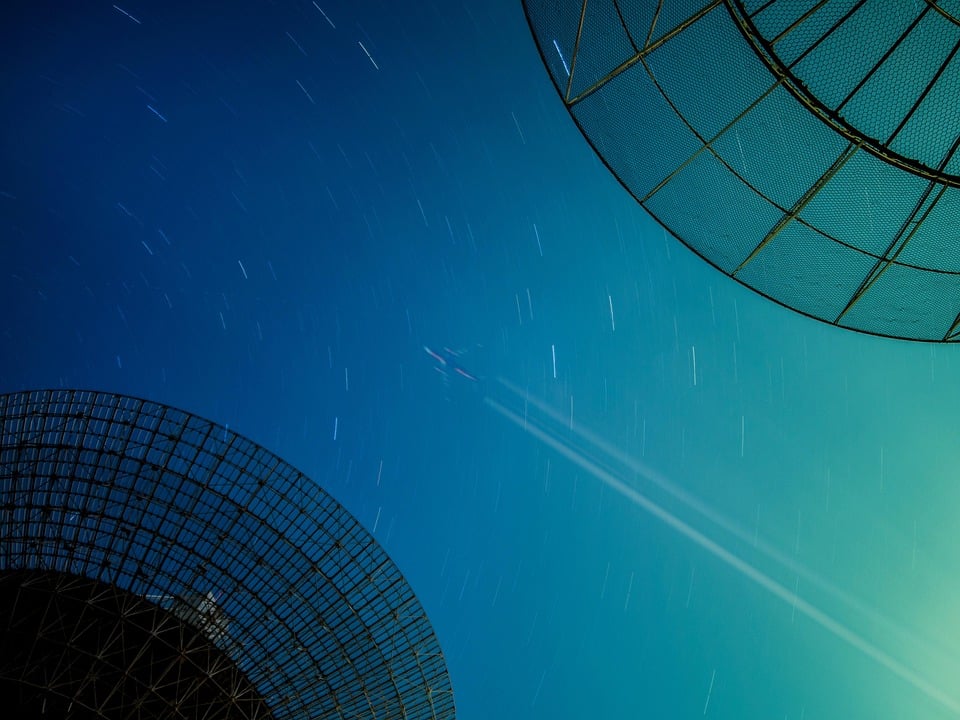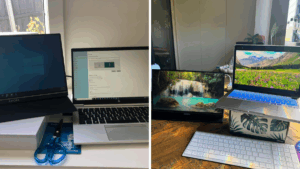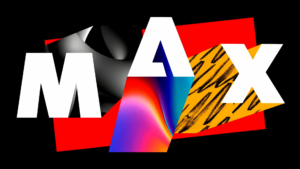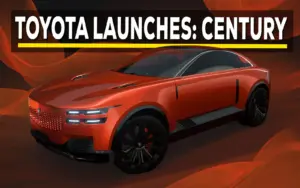
In an imaginative twist on space exploration, NASA has transformed distant exoplanets into alluring tourist destinations through a creative outreach campaign. Launched in 2015, the Exoplanet Travel Bureau’s initiative captivated global audiences with its retro-style posters, virtual tours, and interactive materials, inviting the public to envision these far-off worlds as vacation hotspots.
The campaign’s success is notable, especially given the relatively nascent field of exoplanet science, which lacks the spectacular imagery that often accompanies other areas of space research. So, what accounts for its widespread appeal?
The Art-Science Collaboration
Ceridwen Dovey, a science communicator and researcher, sheds light on this phenomenon in her recent paper published in the Journal of Science Communication. Her study delves into the collaboration between scientists and artists that birthed the Exoplanet Travel Bureau’s iconic posters. According to Dovey, this partnership was not merely an artistic endeavor but a mutual exchange that enriched both scientific inquiry and public engagement.
Dovey highlights the role of visual strategist Joby Harris, whose background in film and music helped navigate the project’s challenges. The first hurdle was the lack of visually striking exoplanet imagery. Unlike the vivid and detailed images from the Hubble Space Telescope, exoplanet visuals are often limited to data interpretations or grainy dots.
“We live in an age of extraordinary astronomical imagery… But with exoplanet science imagery, at the moment there’s really not very much to see,” explains Dovey.
The second challenge was the inhospitable nature of most exoplanets, which are far from the idyllic vacation spots portrayed in the campaign. This required a creative leap to imagine these worlds as inviting destinations.
Retro Nostalgia Meets Scientific Imagination
To overcome these challenges, the team drew inspiration from 1930s retro-nostalgic styles, reminiscent of the Works Progress Administration’s posters promoting U.S. national parks. These historical artworks aimed to evoke the romance of nature and travel, a sentiment the Exoplanet Travel Bureau sought to replicate for exoplanets.
Harris and his team envisioned exoplanets as the next frontier for tourism, creating posters that playfully depicted these distant worlds as accessible and enticing. This approach not only captured the public’s imagination but also sparked meaningful dialogues between artists and scientists.
“Many of these exoplanets would be really nasty places to visit at a human level,” Dovey points out. “So the team… describes having a lot of interesting conversations with the scientists, where they worked together to imagine these planets as places.”
The Impact of Artistic Collaboration
Dovey’s research underscores the value of integrating artistic perspectives into scientific projects. She argues that artists should not be seen as mere communicators of scientific knowledge but as integral contributors who can challenge assumptions and enhance research design.
“Artists and filmmakers and writers and visualizers—we don’t have to be just an add-on at the end of a project to transmit scientific knowledge,” Dovey says. “We can really be helpful to the scientists, too.”
By visualizing exoplanets as tangible places, the campaign not only engaged the public but also inspired scientists to explore new lines of inquiry. This synergy between art and science highlights the potential for multidisciplinary collaboration to advance both fields.
The paper, “Imagining exoplanets as destinations: a case study of artist-scientist collaborations on NASA’s iconic Exoplanets Travel Bureau posters,” is available open access on JCOM, offering further insights into this innovative approach to science communication.
As NASA continues to explore the universe, the Exoplanet Travel Bureau stands as a testament to the power of creativity in making the unknown not only known but inviting. The campaign’s success suggests a promising future for similar collaborations, where art and science together can inspire a new generation of explorers.







